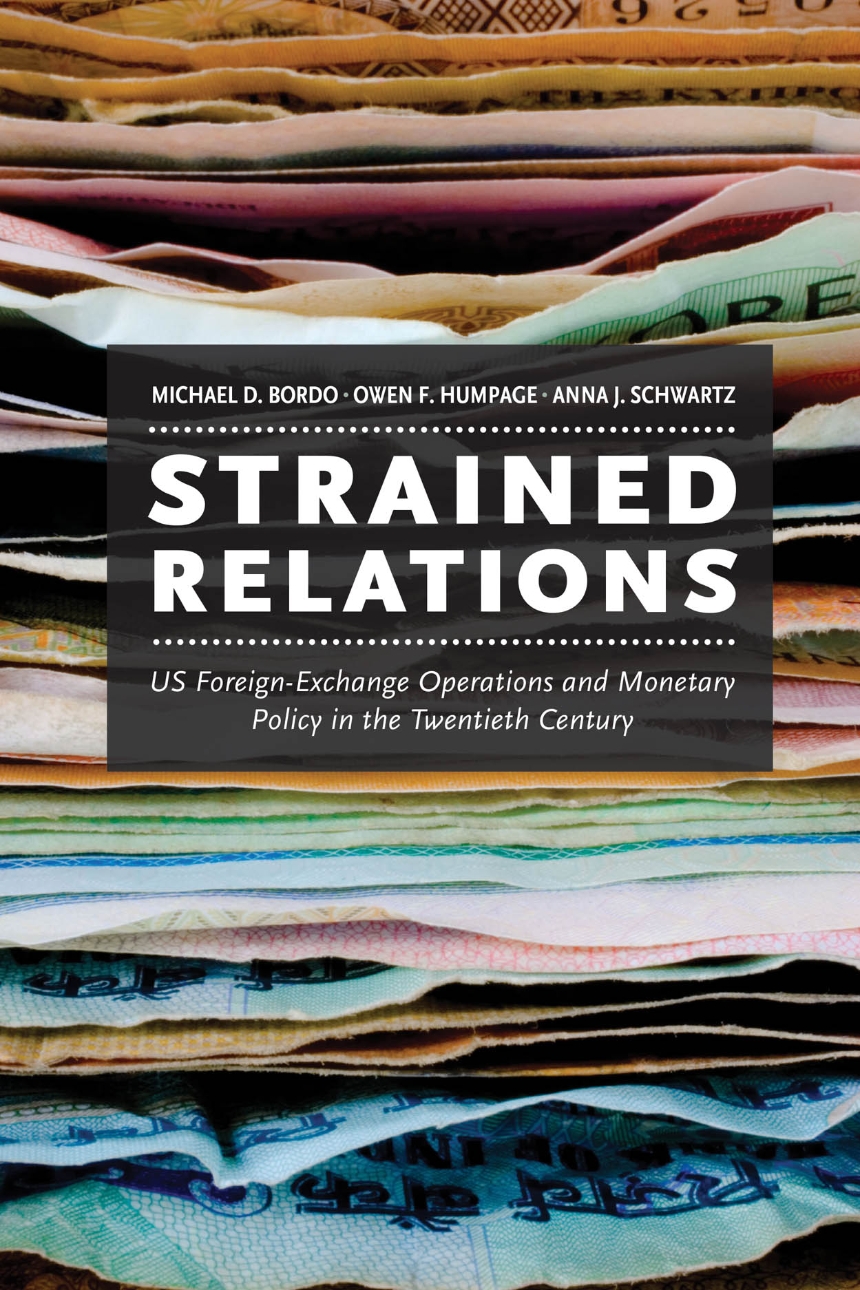Strained Relations
US Foreign-Exchange Operations and Monetary Policy in the Twentieth Century
9780226051482
9780226051512
Strained Relations
US Foreign-Exchange Operations and Monetary Policy in the Twentieth Century
During the twentieth century, foreign-exchange intervention was sometimes used in an attempt to solve the fundamental trilemma of international finance, which holds that countries cannot simultaneously pursue independent monetary policies, stabilize their exchange rates, and benefit from free cross-border financial flows. Drawing on a trove of previously confidential data, Strained Relations reveals the evolution of US policy regarding currency market intervention, and its interaction with monetary policy. The authors consider how foreign-exchange intervention was affected by changing economic and institutional circumstances—most notably the abandonment of the international gold standard—and how political and bureaucratic factors affected this aspect of public policy.
496 pages | 73 halftones, 14 tables | 6 x 9 | © 2015
National Bureau of Economic Research Monograph
Economics and Business: Economics--History, Economics--International and Comparative, Economics--Money and Banking
Reviews
Table of Contents
Preface
1. On the Evolution of US Foreign-Exchange-Market Intervention: Thesis, Theory, and Institutions
2. Exchange Market Policy in the United States: Precedents and Antecedents
3. Introducing the Exchange Stabilization Fund, 1934–1961
4. US Intervention during the Bretton Woods Era, 1962–1973
5. US Intervention and the Early Dollar Float, 1973–1981
6. US Foreign-Exchange-Market Intervention during the Volcker-Greenspan Era, 1981–1997
7. Lessons from the Evolution of US Monetary and Intervention Policies
Epilogue: Foreign-Exchange-Market Operations in the Twenty-First Century
Appendix 1: Summaries of Bank of England Documents
Appendix 2: Empirical Method for Assessing Success Counts
Notes
References
Index
1. On the Evolution of US Foreign-Exchange-Market Intervention: Thesis, Theory, and Institutions
2. Exchange Market Policy in the United States: Precedents and Antecedents
3. Introducing the Exchange Stabilization Fund, 1934–1961
4. US Intervention during the Bretton Woods Era, 1962–1973
5. US Intervention and the Early Dollar Float, 1973–1981
6. US Foreign-Exchange-Market Intervention during the Volcker-Greenspan Era, 1981–1997
7. Lessons from the Evolution of US Monetary and Intervention Policies
Epilogue: Foreign-Exchange-Market Operations in the Twenty-First Century
Appendix 1: Summaries of Bank of England Documents
Appendix 2: Empirical Method for Assessing Success Counts
Notes
References
Index
